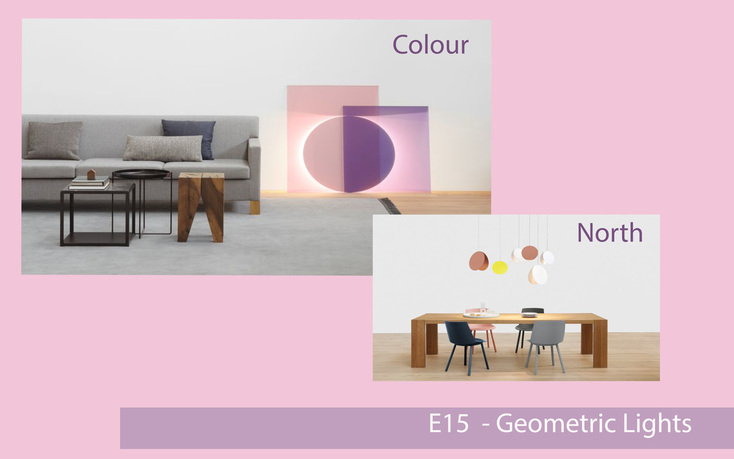Plan itThe kitchen is a work and social space, it requires the use of Ambient, Task and Accent lighting. Ambient lighting: creates mood and overall light. Task Lighting: is used to perform tasks. Accent Lighting: adds drama and character. When designing your kitchen lighting you need to consider practicality as well as aesthetics. Task kitchen lightingSort this out first, the functionality of the kitchen depends on it. Consider your work spaces and light them, stove/oven, chopping bench, sink, inside cupboards. Ambient kitchen lightingThe ambient light creates general illumination, it casts a overall glow to the room. The colour of the kitchen surfaces will effect the mood that the ambient light creates. Dark and non reflective surfaces will absorb the light and require more intensity. Bright and gloss surfaces will require defused and softer lighting so the space doesn't become stark. Accent kitchen lightingThis is the fun bit where you can express your style. The purpose of accent lighting is to create drama and highlight special features. Pick something you love and enjoy your space :)
Interior lighting where to start?Creating a beautifully lit space requires the use of layering. There are four types of interior lighting Ambient, Task, Accent and Daylighting.
When designing your interior lighting remember to layer up start with Ambient to distribute an even light through out the space think chandeliers and ceiling fixtures. Then consider task lighting for cooking, writing etc, you could use a beautiful floor lamp or dramatic pendant just remember to choose a fixture that eliminates glare and eye strain. Accent lighting comes next, it creates drama and visual interest use it to focus interest on specific items like your favourite picture, plant, sculpture or architectural feature. Daylighting is achieved through the use of sky lights and windows, there is a current trend to use skylights to create interesting architectural features. |






 RSS Feed
RSS Feed









